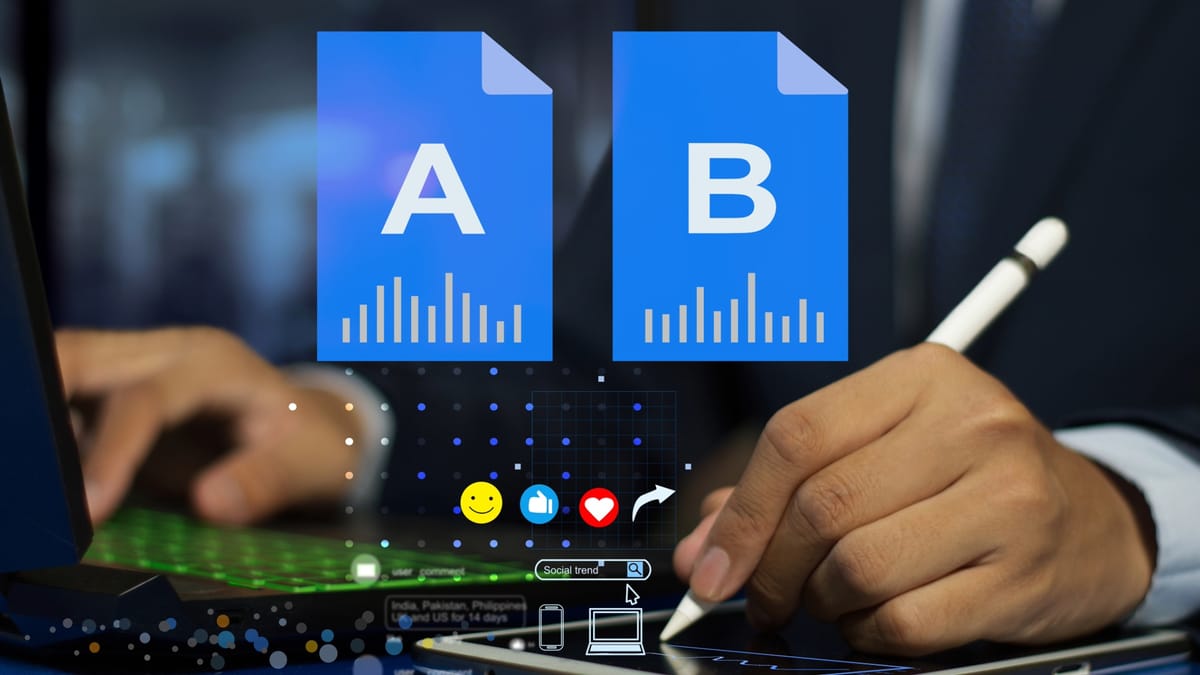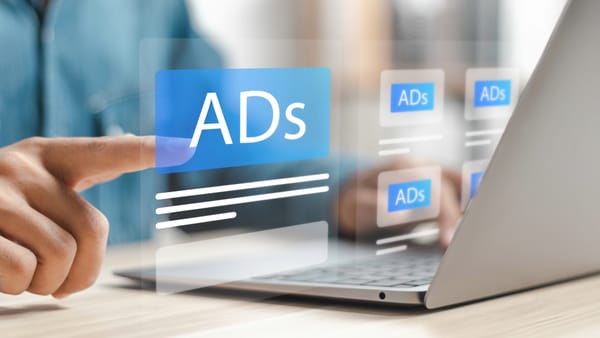A/B Testing with Facebook Ads: Best Practices for Shopify Merchants

Shopify merchants are always on the lookout for ways to optimize their marketing strategies. One powerful tool in your arsenal is A/B testing with Facebook ads. This method allows you to refine your ad campaigns, ensuring you’re getting the most return on your investment. Let’s explore the best practices for conducting A/B tests with Facebook ads and how they can benefit your Shopify store.
Why A/B Testing Matters
A/B testing, or split testing, is all about experimentation. By comparing two variations of an ad to see which performs better, you gain valuable insights into what resonates with your audience. This data-driven approach helps you make informed decisions, reducing guesswork and enhancing the effectiveness of your advertising efforts. Ultimately, this means more efficient use of your marketing budget and increased sales.
Setting Up Your A/B Test
- Define Clear Objectives:
- Before you start, determine what you want to achieve with your A/B test. Are you looking to increase click-through rates, boost conversions, or improve engagement? Having a clear goal will guide your testing process and help you measure success.
- Choose One Variable to Test:
- For accurate results, focus on one element to test at a time. This could be the ad headline, image, call-to-action, or audience targeting. By isolating a single variable, you can pinpoint what specifically impacts performance.
- Ensure a Sufficient Sample Size:
- To gather meaningful data, your test needs to reach a sufficient number of people. Facebook recommends running tests until you have statistically significant results, which ensures your findings are reliable and not due to chance.
- Use Facebook’s Split Testing Tool:
- Facebook provides a built-in split testing tool that simplifies the process. It automates the distribution of your ad variations and ensures that your test is conducted scientifically, eliminating bias.
Analyzing Your Results
- Monitor Key Metrics:
- Track performance metrics that align with your objectives, such as conversion rate, cost per conversion, and return on ad spend (ROAS). These metrics will help you determine which ad variation is more effective.
- Look Beyond Surface-Level Data:
- While metrics like click-through rates are important, dig deeper to understand why one ad performs better than the other. Consider factors like audience demographics and ad placement to gain a comprehensive view.
- Iterate and Optimize:
- Use the insights from your A/B test to make informed adjustments to your campaigns. Don’t hesitate to conduct further tests to refine your strategy continuously. A/B testing is an ongoing process that evolves with your business needs.
An Example to Illustrate
Imagine you run a Shopify store specializing in eco-friendly apparel. You want to promote a new line of sustainable t-shirts using Facebook ads. You decide to test two different ad creatives:
- Ad A features a lifestyle image of a model wearing the t-shirt in a natural setting, with the headline "Embrace Nature with Style."
- Ad B uses a close-up image of the t-shirt fabric, highlighting its eco-friendly materials, with the headline "Soft on You, Gentle on the Earth."
By running an A/B test, you discover that Ad A generates a higher click-through rate and conversion rate among your target audience. This insight allows you to allocate more budget towards the winning ad and refine future campaigns to include more lifestyle imagery that resonates with your audience's values.
A/B testing with Facebook ads is an invaluable strategy for Shopify merchants looking to optimize their advertising efforts. By following these best practices and learning from real-world examples, you can make data-driven decisions that enhance your campaigns’ effectiveness, ultimately driving more sales and growth for your store. Embrace the power of A/B testing and unlock your Shopify store’s full potential today.



